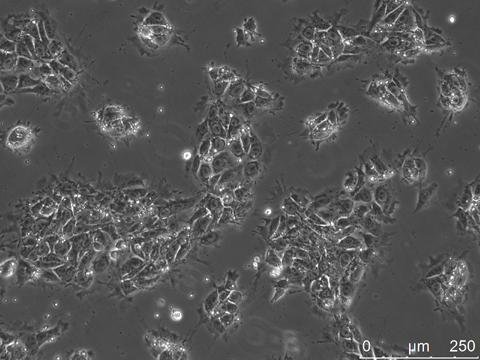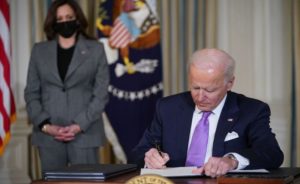
Lawsuits over stem cell research could alter current scientific approaches.
The Obama Administration faces ongoing lawsuits challenging financial support of human embryonic stem cell (hESC) research.
President Obama’s Executive Order 13,505, of March 9, 2009, overturned President Bush’s 2001 policy that limited federal funding to preexisting hESC lines. The National Institutes of Health (NIH) then issued guidelines explaining that researchers can apply for federal funding for new lines, provided those come from unused in vitro fertilization (IVF)-derived embryos donated for this purpose in accordance to a specified process of obtaining consent.
In Doe v. Obama, plaintiffs Mary Scott Doe, a frozen embryo symbolizing all existing frozen embryos, and several adoptive parents claimed that the President’s order and the NIH guidelines violated the embryos’ Fifth, Thirteenth, and Fourteenth Amendment rights. Plaintiffs also argued that the order and guidelines violated the Dickey-Wicker Amendment (which Congress has renewed annually since 1996, such as in Title V, Section 509 of the Omnibus Appropriations Act 2009) that prohibits the destruction of human embryos for research purposes.
In November, 2009, the District Court of Maryland dismissed the litigation for lack of standing, a decision that the Fourth Circuit affirmed in January, 2011. The Fourth Circuit explained that there was no particularized harm at issue – only hypothetical injuries to “an amorphous frozen embryo class” and to parents who may want to adopt in the future.
In contrast, in separate litigation the D.C. Circuit has found that two plaintiffs who, as doctors, conducted stem cell research could suffer particular harm from the NIH guidelines and did have standing to challenge them. Dr. James Sherley and Dr. Theresa Deisher argued that they would face increased competition for funding from hESC researchers under the new NIH guidelines.
Following the D.C. Circuit’s holding that the doctors had standing, the case went back to the D.C. District Court, where Judge Royce Lamberth faced the question of whether to grant the doctors’ motion for a preliminary injunction prohibiting funding of hESC research. As with the plaintiffs in Doe v. Obama, the doctors alleged that the NIH Guidelines violated the Dickey-Wicker Amendment.
The D.C. District Court granted the preliminary injunction motion, prohibiting hESC research funding pending the duration of the trial court litigation. But the NIH has appealed that decision to the D.C. Circuit, which granted the NIH’s request to stay the preliminary injunction until the appeals court reviews it.
Meanwhile, the district court is still considering plaintiffs’ and defendants’ motions for summary judgment. If the court grants one of these motions, the case would be over, effectively mooting the appeal of the preliminary injunction. A decision in favor of the plaintiffs could prohibit federal funding of hESC research immediately.
During the last session of Congress, Democrats in both the House and Senate introduced the Stem Cell Research Advancement Act of 2010 to repeal the Dickey-Wicker Amendment. If Congress takes no action on bills like these in this new session, the federal courts are likely to determine the availability of federal funding for hESC research.



